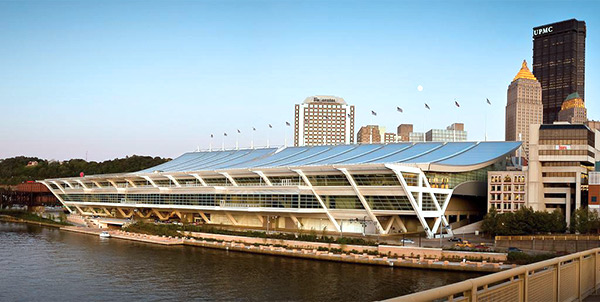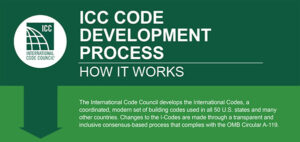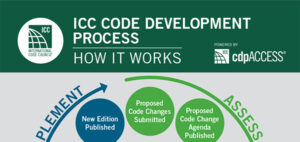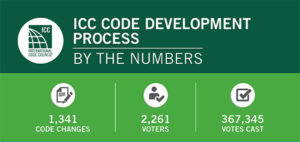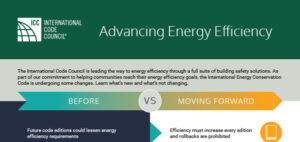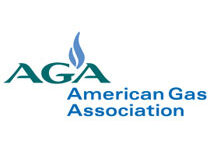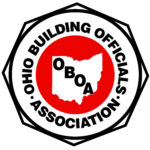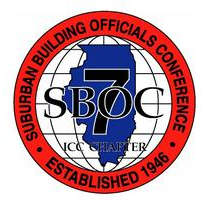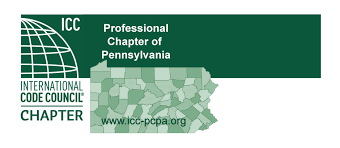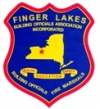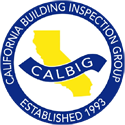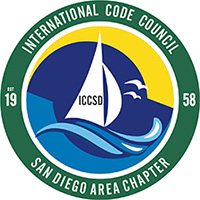Washington, D.C. – The International Code Council announced its spring virtual education, ICC Learn Live. Taking place on April 19-22, 2021, the virtual event will include a series of panel sessions and keynotes from experts across the building industry.
The Spring ICC Learn Live event will address the most pressing issues and priorities for building safety professionals such as off-site construction, managing the cannabis industry, communications tactics for code officials and overviews of the significant changes to the 2021 International Codes (I-Codes). Educational sessions will offer continuing education units (CEUs).
The week’s sessions will cover:
- Monday, April 19: Building Safety Industry Updates
- Tuesday, April 20: Leadership and Support
- Wednesday, April 21: Building Safety Industry Trends
- Thursday, April 22: 2021 International Code Significant Changes
In Fall 2020, the Code Council hosted its inaugural Learn Live event as the next step in the association’s strategy to provide building code officials, construction workers, and relevant parties with the resources and tools necessary to adapt.
“The success of our first ICC Learn Live has encouraged us to make the spring event even more personalized and informational for our attendees,” said Code Council Chief Knowledge Officer, Joan O’Neil. “We hope our attendees will walk away with valuable leadership skills and in-depth knowledge on emerging building technologies and industry trends.”
Opportunities to sponsor ICC Learn Live event are available. Learn more and add your company’s name to the list of Learn Live supporters here.
For more information on the various sessions and to register for ICC Learn Live, click here.
###
About the International Code Council
The International Code Council is the leading global source of model codes and standards and building safety solutions. Code Council codes, standards and solutions are used to ensure safe, affordable and sustainable communities and buildings worldwide.



















